The Social Security Administration (SSA) just recently said that people who get SSI will get their second payment in August. The government usually pays people who get SSI on the first of every month, unless that day is a federal holiday or the weekend. It’s because of this that SSI users will get two payments this month, since they won’t get any in September.
The federal office moved the payment day from September 1st to the business day before, which is Friday, August 30th, because September 1st is a Sunday. If you are currently qualified for SSI benefits, read on to learn more about the program, what you need to do to be eligible, and how much you will get paid.
Social Security announced the last SSI payment for August 30th
The Social Security payment plan says that people who get SSI will get their money on August 1st and 30th. The SSA will keep sending money to this scheme until October 1st after these payments are made. It’s important to stress that recipients don’t get extra money; they just get money ahead of time. For example, they should think about the fact that this will happen again in November, since December 1 is also a weekend. Because it’s not always clear when Social Security payments are due, we’ve put together a list of the next SSI payment times below:
- Thursday, August 1st
- Friday, August 30th (SSI benefits from September 1st)
- Tuesday, October 1st
- Friday, November 1st
- Friday, November 29th (SSI benefits from December 1st)
For more information on disability benefits, including Social Security Disability Insurance (SSDI), please consult the official payment schedule for the current year. Also, if your payments do not arrive on the scheduled date, wait at least three mailing days before contacting Social Security customer service.
Q: Why are Supplemental Security Income (SSI) benefits essential for Americans across the country?
In particular, people with disabilities who can’t work long enough to meet their basic needs are given Supplemental Security Income payments. There are older people in this group who get little or no pension or Social Security income, as well as younger people with serious disabilities. The senior community is getting bigger and poorer because income inequality is rising and the population is getting older quickly. Also, these benefit payments are more important than ever for people living in every place in the United States.

Because they have worked in the past, more than half of adults who get SSI can also get Social Security.More than 1.2 million seniors in this scheme could get a small amount of their Social Security income if they had enough work credits. These monthly benefits help people who care for family members without getting paid and people who have worked irregular hours or are currently making low pay.
It is important to remember that adults can get out of extreme poverty with the help of SSI and Social Security. In addition, most of the recipients are women; 53% of all participants and 65% of older beneficiaries are women. Last but not least, this financial program helps women the most because they are more likely to have low-paying or part-time jobs, take time off to care for their children, or not have any Social Security credits.
Q: Which requirements should beneficiaries meet to receive SSI payments?
In the United States, people who want to get disability payments must meet certain income and resource requirements. These are currently $2,000 for single people and $3,000 for couples. The SSA should also look at people with low incomes, blind clients, or any other disability who doesn’t have a lot of money. The average amount of money that SSI recipients make each month is $658.
The most that people and couples can get in benefits is $943 and $1,415, respectively. But because there are two payouts this month, eligible people and couples will get an average of $1,316, or $1,886 for individuals and $2,830 for couples in August.

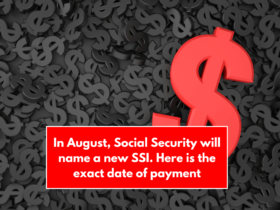
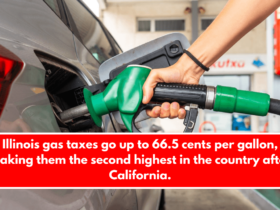
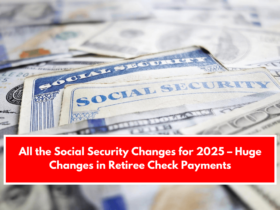
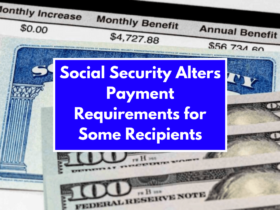

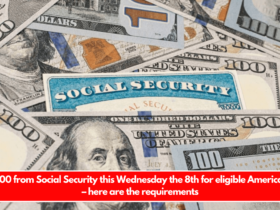




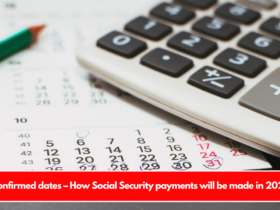
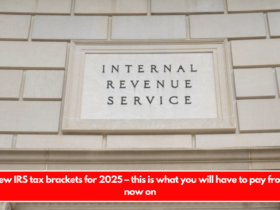
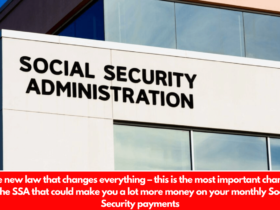

Just please help me to understand why social disability are not getting.type of raise all the time that I worked i am not entilete for any of it
Hello Freddie Jackson
Politicians can increase the social disability benefits, they have power to make rules regarding the social disability benefits.
What if you only got 10or12credits from soc sec dose one file at age if 61 in oct 24 and if so how much would one draw from sic sec and ssi togeather
Hello Linda Wilson,
We are trying to understand your question but could not understand properly. Can you please clear your question?